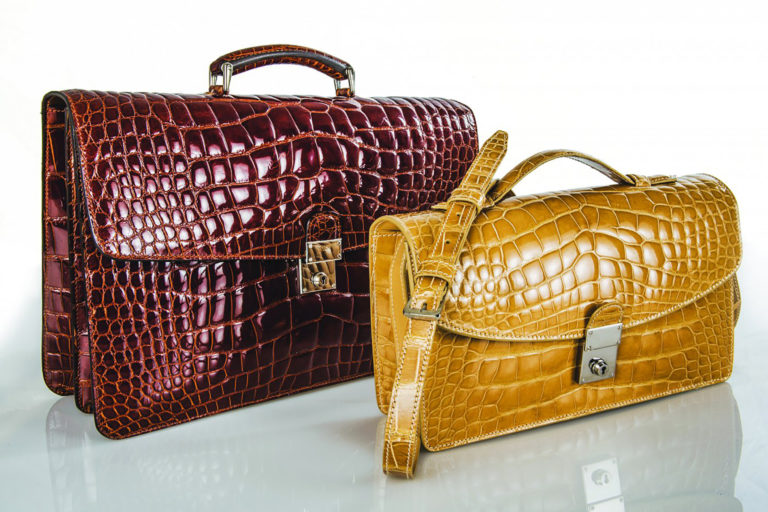The Confindustria Moda quarterly report for Assopellettieri brought to light, also in the last part of the year, a continuing favourable trend, with double-digit recovery over 2020, and a move towards pre-pandemic levels, even if the rhythm has slowed down to a more moderate rate during the first few months of 2022. 2021 in fact ended with a significant relaunching of the sector’s revenue (up +25.7% over 2020 according to the survey conducted among member companies) and productive levels (up +29% according to Istat data on industrial production), but with a gap that is significant when compared to pre-emergency levels (-17% and -15% respectively). Many companies, including especially those of smaller dimensions, are still far from recovering from the heavy losses brought about the pandemic.
Exports, driven by international luxury labels, ended the year with an uptrend of around +20% (arriving at 9.5 billion euros with a favourable trade balance of 6.5-plus billion euros), while remaining almost -10% below the levels of 2019. Among the export destinations for leather goods, leading the way are France (+29% in value over the first 11 months of 2020 and +17.5% over the last two years), the USA (+62% and +10% respectively) and the three main Asian markets (South Korea, China, and Japan), which are all well above pre-Covid levels.
Bags confirm themselves to be the most exported product (accounting for almost 2/3 of the value in sales) and are the product category closest to approaching 2019 levels (-2.6%, thanks also to the +23% uptrend recorded in 2021). Domestic demand instead sees a recovery in purchases made by Italian households (retail trade in fact is up +19.4% over 2020), however 2019 values (besides still being far from previous levels, -9.2%) were still mostly unsatisfying, also due to years of continuous erosion. At the same time, the arrival of tourists has once again been pushed back (along with their shopping). In terms of business death rates and sector employment numbers, the effects of the crisis are making themselves felt, with a drop by -3% in the number of active companies (-134) and employees. Temporary unemployment compensation is instead down by -18% when compared to 2020 in the leather supply chain, even if the levels are still quite high (68.2 million hours authorized, which is 8 times than the number authorized in 2019).



